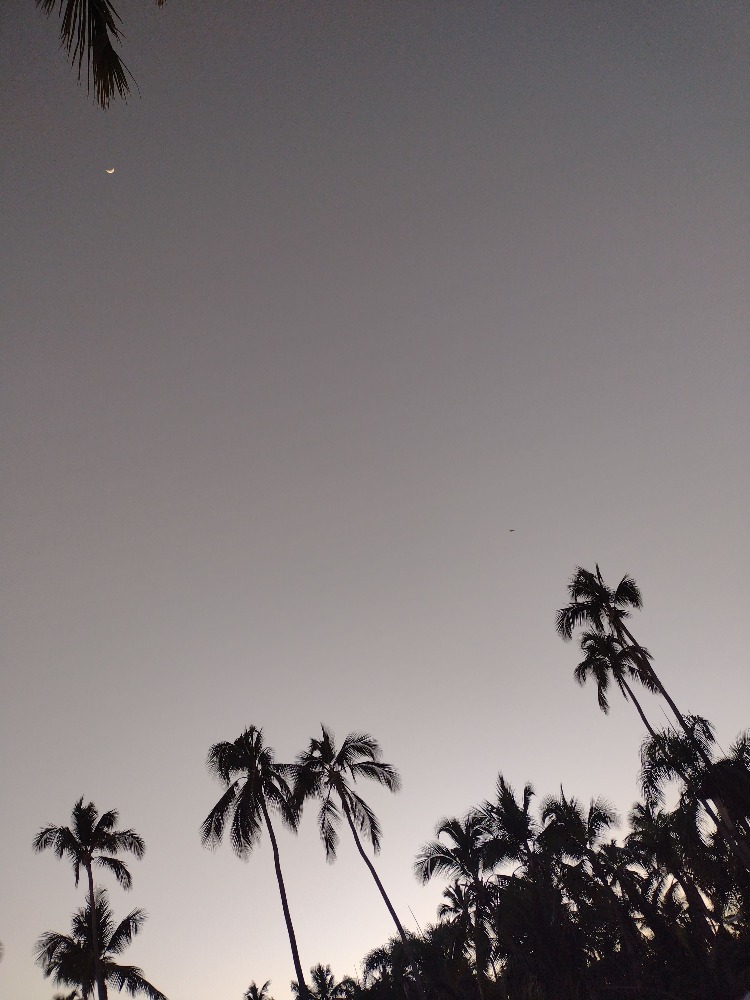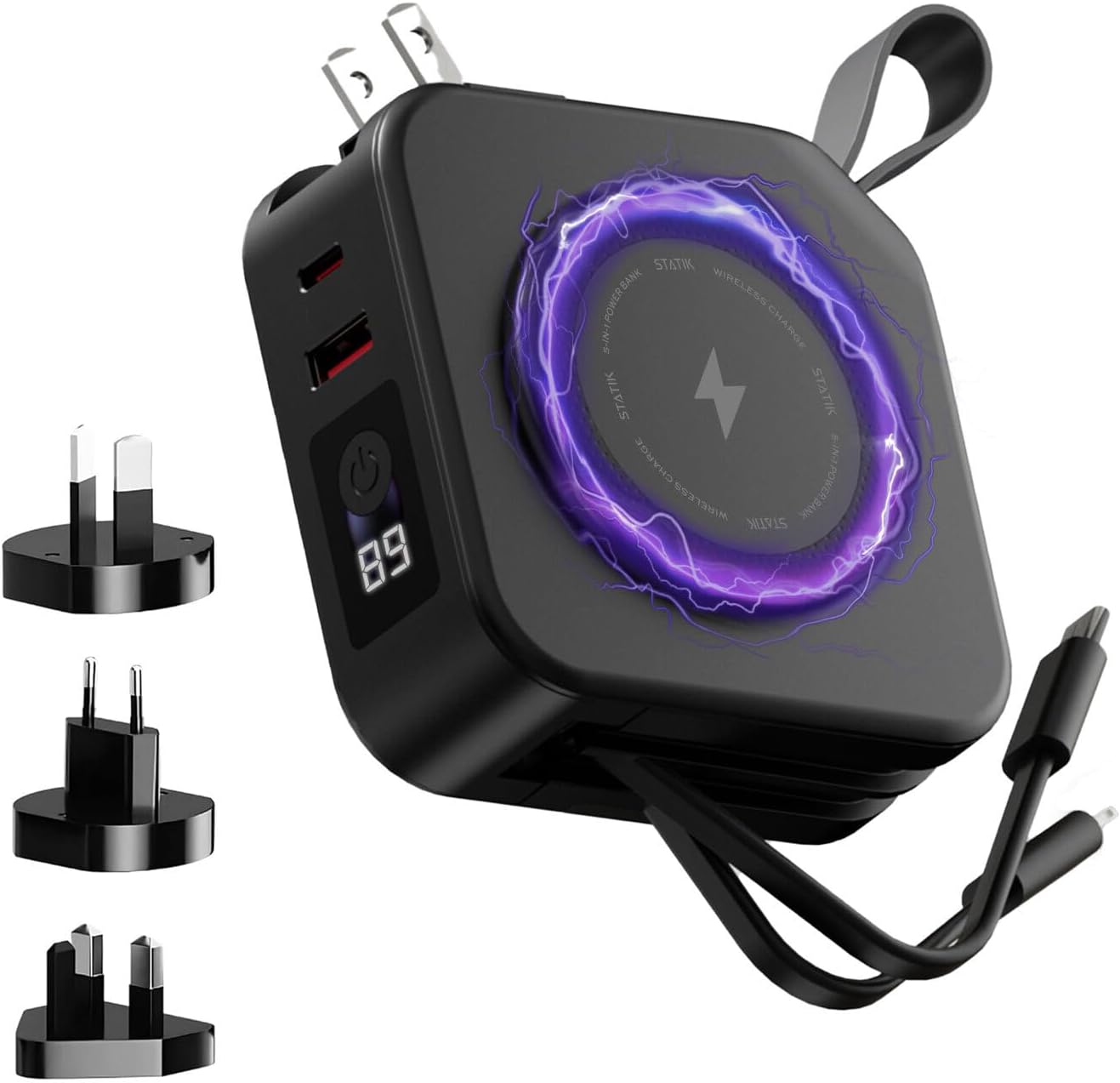The Dominican Republic pulses with a contagious energy that begins at sunrise with fishermen hauling their catch and continues long past sunset with merengue rhythms spilling from open-air colmados. As the Caribbean's most visited destination, this nation of 11 million offers a complex tapestry of experiences that transcend its postcard-perfect beaches.
- Understanding La República Dominicana
- When to Feel the Rhythm
- Coastal Canvas: Beach Regions Revealed
- Cultural Crossroads
- Adventure Beyond the Shore
- Hidden Dominican Treasures
- Santo Domingo: Colonial Heartbeat
- Practical Travel Wisdom
- Sleeping in Style
- Moving to the Merengue Beat
- Traveler's Toolkit
Occupying the eastern two-thirds of Hispaniola (shared with Haiti), the DR presents geographic drama at every turn. From the highest peak in the Caribbean (Pico Duarte at 10,164 feet) to the lowest elevation (Lake Enriquillo at 151 feet below sea level), the landscape shifts from alpine forests to desert badlands, mangrove swamps to coconut plantations, all within a day's drive. This diversity fuels adventures ranging from waterfall rappelling to whale watching, colonial history tours to coffee farm immersions.
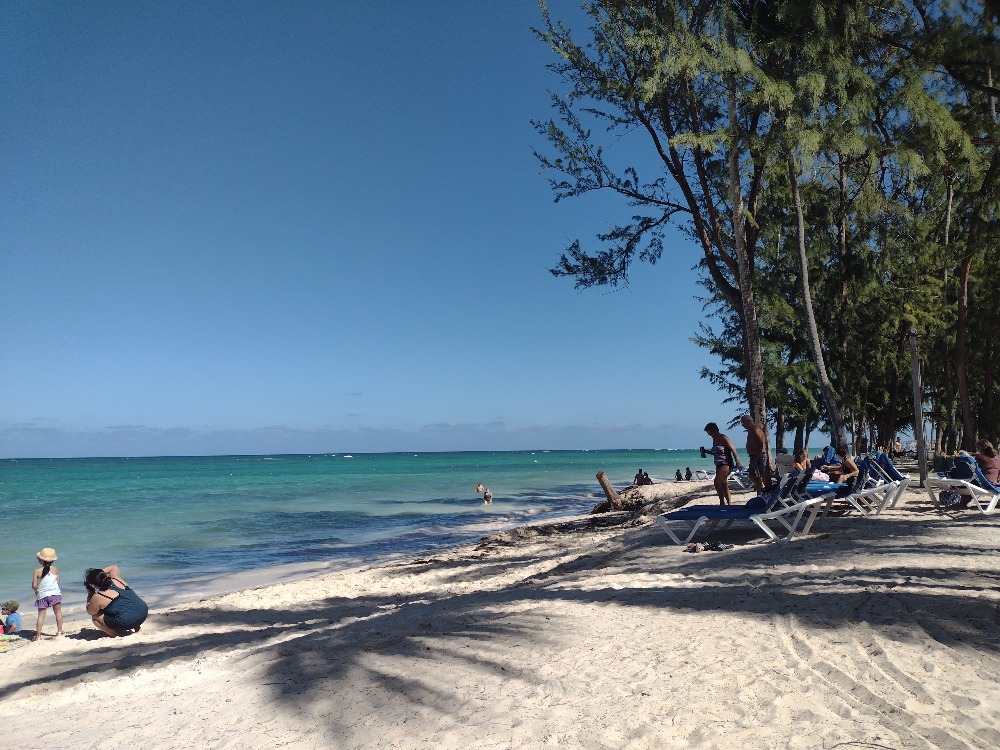
Yet what truly defines the Dominican experience is its people—a warm, proud nation where baseball legends are folk heroes, impromptu dance parties erupt on street corners, and every grandmother's sancocho stew tells a family story. Here, European, African and Taíno influences blend into a vibrant creole culture that will seduce you with its authenticity.
The Dominican soul beats to a triple heritage rhythm. Before Columbus' 1492 arrival, the Taíno people called the island Quisqueya ("Mother of All Lands"). Their legacy survives in words like hurricane (juracán) and barbecue (barbacoa), and in the limestone caves adorned with ancient petroglyphs.
Spanish colonization left an indelible mark, particularly in the Zona Colonial of Santo Domingo—the first European city in the Americas. The 16th-century cobblestone streets whisper tales of conquistadors, pirates, and the birth of New World Catholicism. African influences arrived through the transatlantic slave trade, manifesting in the DR's dominant religion (a unique blend of Catholicism and Afro-Caribbean traditions), its spicy cuisine, and the hypnotic polyrhythms of merengue.
This cultural trilogy plays out daily. In the countryside, you'll see farmers using 19th-century oxcart designs beside modern motorbikes. In urban centros culturales, contemporary artists reinterpret Taíno symbols through street art. At Carnival time, devilish "lechones" masked dancers embody the nation's complex history through satirical performances.
The Dominican climate dances to two main seasons:
- High Season (December-April): Dry, sunny days (75-85°F) perfect for beach lounging and hiking. Expect higher prices and crowds, especially during Christmas and Semana Santa (Holy Week).
- Shoulder Season (May-June & November): Lower rates with brief afternoon showers that green the landscapes. Ideal for whale watching (through March) and waterfall adventures when cascades run strong.
- Low Season (July-October): Hotter temperatures (80-90°F) with higher humidity and brief tropical storms. Resort deals abound, and the south coast stays relatively dry. Hurricane risk peaks August-October.
Pro Tip: Time your visit with February's Carnival celebrations or October's Puerto Plata Festival for unforgettable cultural immersion.

Punta Cana: The Platinum Coast
- Bávaro Beach: Golf courses meet coconut palms along this windsurfing haven
- Isla Saona: Day trip to this protected island with starfish-filled shallows
- Cap Cana Marina: Mega-yachts and celebrity sightings in the "Caribbean Monaco"
North Coast: The Amber Coast
- Playa Grande: Golden crescent framed by dramatic cliffs
- Samaná Peninsula: Whale watching capital (Jan-Mar) with hidden beaches like Playa Rincón
- Cabarete: Kiteboarding mecca with bohemian nightlife
Southwest: The Untamed Coast
- Bahía de las Águilas: Pristine 5-mile beach accessible by 4x4 or boat
- Barahona: "DR's Most Dominican City" with coffee plantations and Larimar gemstone mines
- Lake Enriquillo: Saltwater lake inhabited by American crocodiles and flamingos
Colonial Architecture
- Catedral Primada de América: New World's first cathedral with Gothic-Mudéjar architecture
- Alcázar de Colón: Diego Columbus' palace showcasing period furnishings
- Calle Las Damas: Oldest paved street in the Americas, lined with pastel buildings
Living Traditions
- Merengue & Bachata: Take a dance class at Santo Domingo's Casa de Teatro
- Carnival Masks: Watch artisans create papier-mâché diablos cojuelos (limping devils) in La Vega
- Coffee Culture: Tour a family-run finca in the Cordillera Central mountains
Flavors of Quisqueya
- La Bandera: National dish of rice, red beans, and stewed meat
- Mangú: Mashed plantains served with fried cheese, eggs, and salami
- Habichuelas con Dulce: Creamy sweet bean dessert during Lent
Visit a mercado like Santo Domingo's Mercado Modelo to sample tropical fruits like caimito (star apple) and zapote.
Mountain Highs
- Pico Duarte Trek: 3-day hike through pine forests to Caribbean's rooftop
- Jarabacoa: "Switzerland of the Caribbean" offers rafting on the Río Yaque del Norte
- Constanza: Rock climbing in the Valle de Dios with 300m limestone walls
Waterfall Wonders
- El Limón: Horseback ride through jungle to 170-foot cascade in Samaná
- Salto de Jimenoa: Rappel down multi-tiered falls near Jarabacoa
- 27 Charcos: Climb and slide down natural rock waterslides near Puerto Plata
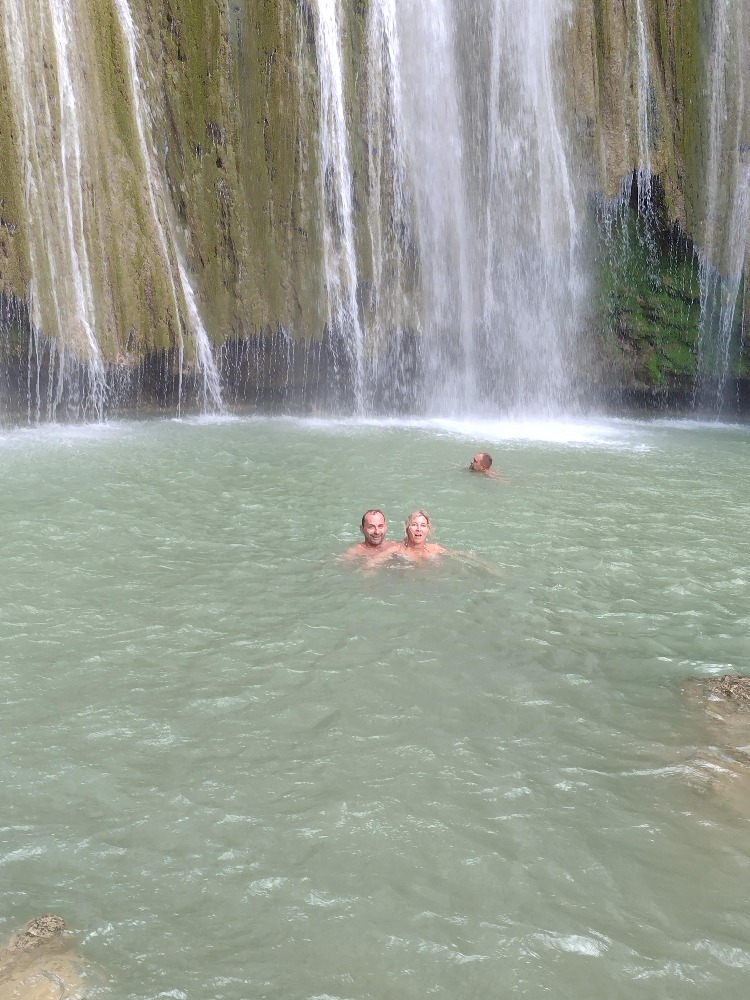
Subaquatic Secrets
- La Caleta Underwater Park: Snorkel sunken statues near Santo Domingo
- Catalina Island: Dive the "Wall of the Atlantis" with eagle rays and nurse sharks
- Silver Bank: Liveaboard trips to swim with humpback whales (Dec-Apr)
The Caribbean's first city remains its most captivating urban experience. Beyond the colonial core, discover:
- Malecón Sunset Strolls: Join locals along the 10-mile oceanfront promenade as street vendors sell chicharrones and merengue troupes practice their moves.
- Three Eyes National Park: Explore underground lakes in limestone caves where Taíno chiefs once held councils.
- Plaza de la Cultura: Museum hop between the Museum of Modern Art and the Museo del Hombre Dominicano's Taíno artifacts.
- Nightlife in Zona Colonial: Sip Brugal rum cocktails at patio bars like Pat'e Palo, frequented by Columbus' crew in 1505.
- Entry Requirements: Most visitors receive free 30-day tourist card upon arrival. Ensure passport validity for 6+ months beyond stay.
- Health & Safety: Drink bottled water and avoid raw vegetables. Use Uber in cities; avoid unmarked taxis. Leave valuables in hotel safes.
- Money Matters: Local currency: Dominican Peso (DOP). USD widely accepted but carry small bills. ATMs in cities charge ~$5-8 USD per withdrawal.
- Local Lingo: "Qué lo qué" (Informal greeting), "Tengo una jama" (I'm hungry), "Dame dos fríos" (Two cold beers, please).
Luxury Resorts
- Casa de Campo (La Romana): 7,000-acre estate with polo fields and Teeth of the Dog golf
- Amanera (Playa Grande): Cliffside suites overlooking world-class surf break
- Eden Roc Cap Cana: Beachfront villas with private infinity pools
Eco-Lodges
- Natura Cabana (Cabarete): Bohemian chic with open-air bamboo bungalows
- Rancho Platón (Jarabacoa): Mountain retreat with organic farm-to-table meals
- Paraíso Caño Hondo (Los Haitises): Riverfront cabins below cascading waterfalls
City Stays
- Billini Hotel (Santo Domingo): Boutique property in 16th-century convent
- Casa Naemie (Las Terrenas): French-owned guesthouse with Creole cuisine
- Hodelpa Nicolás de Ovando (Zona Colonial): Historic luxury in UNESCO-protected building
- Air: Main hubs: Punta Cana (PUJ), Santo Domingo (SDQ), Puerto Plata (POP). Domestic flights connect to Samaná (AZS) and Barahona (BRX).
- Road: Rentals require passport, credit card, and temporary Dominican license ($20 USD). Highway DR-1 crosses country from Santo Domingo to Santiago. Motoconchos (motorcycle taxis) for short urban hops.
- Bus: Caribe Tours: Air-conditioned coaches between major cities. Guaguas: Colorful public minibuses for local routes.
- Boat: Ferries connect to Isla Saona (from Bayahibe) and Catalina Island (from La Romana).
- Packing Essentials: Quick-dry clothing for humid climates, reef-safe sunscreen and mosquito repellent, sturdy water shoes for river adventures, Spanish phrasebook (outside resorts).
- Responsible Travel: Support community tourism projects like Sendero La Manacla, choose reef-friendly sunscreens for snorkeling, bargain respectfully at markets (start at 50% asking price).
- Insider Tips: Sunday afternoons: Family gatherings at local beaches. Baseball games: Catch winter league play Oct-Jan. Chocolate: Visit San Francisco de Macorís factories.
From the moment you step off the plane into the warm embrace of Caribbean air, the Dominican Republic invites you to move beyond the resort gates. Whether you're sipping fresh coconut water on a postcard beach, dancing bachata with new friends in a Santiago barrio, or standing atop Pico Duarte watching hawks circle below, this nation of contrasts promises to rewrite your definition of Caribbean travel. The real magic lies in the moments between the landmarks—the shared laughter over dominoes, the impromptu beachside fish fry, the elderly musician teaching you the true meaning of ritmo. Here, life isn't lived—it's danced.
Travel Author
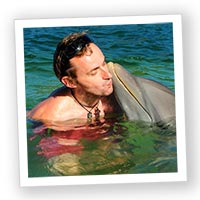
Calvin has loved the Caribbean since first visiting Roatan through loving Scuba Diving. From distinct cultures to common nature the Caribbean delights at every turn.
He hates leaving after any trip and has to console himself by writing and sharing articles and photos on it. You can find and connect with him on linked in here.
Likes
Travel, Gaming, Scuba Diving, Skiing and anything to do with water.
Dislikes
People who don't care, politicians doing nothing and needless competitiveness- oh yes and being tired in an airport.

